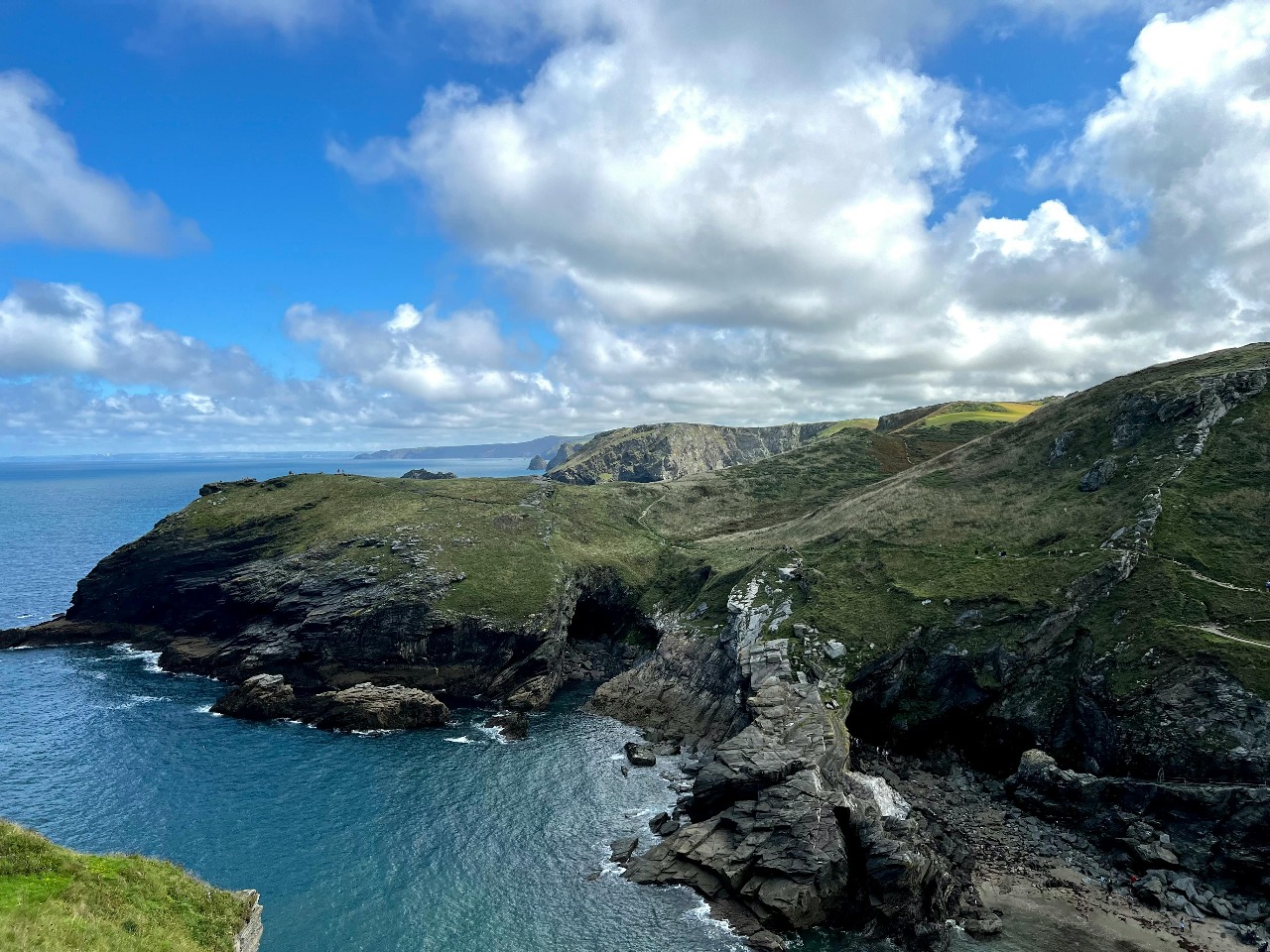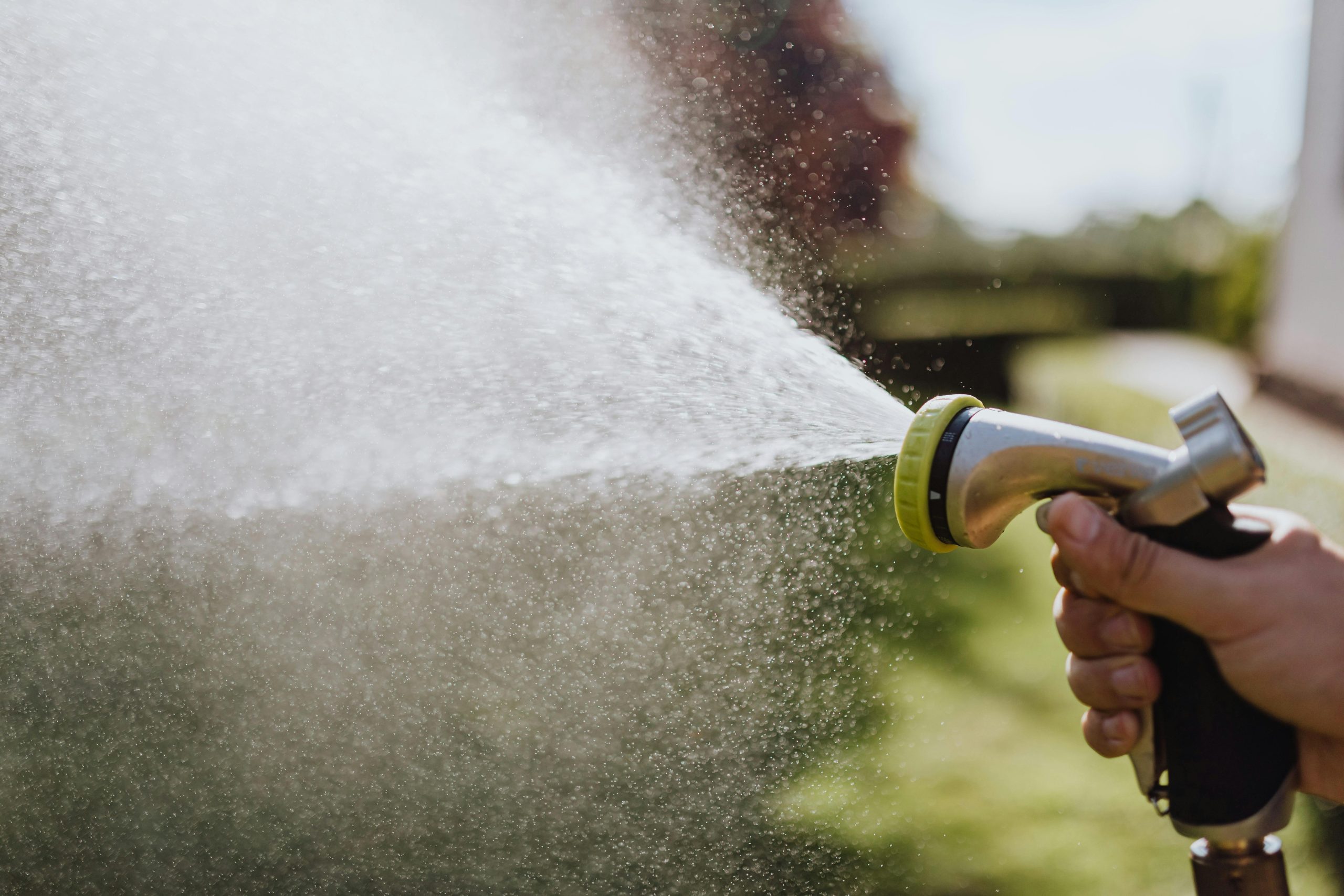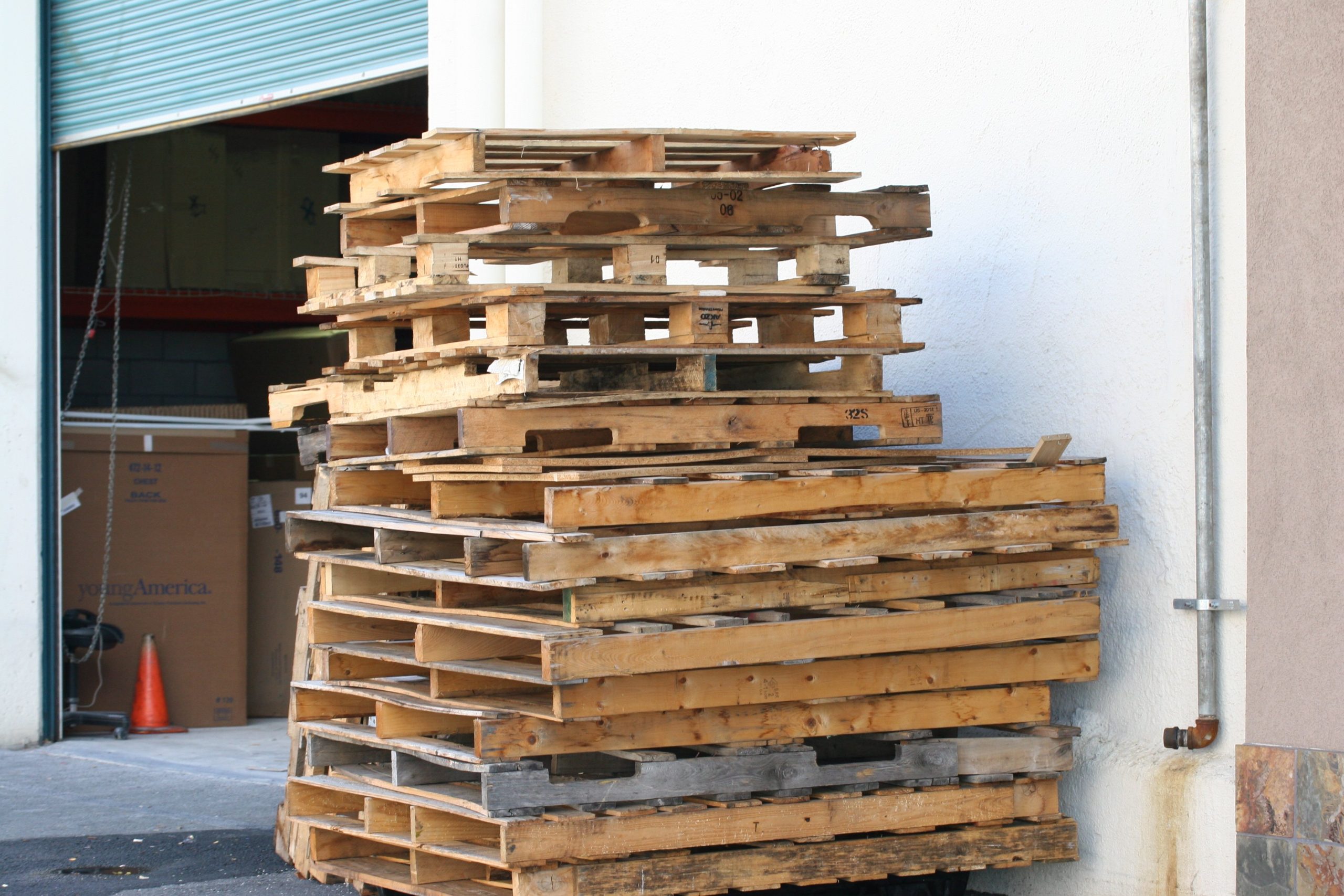Introduction to Weather in Patagonia
When planning a trip to South America’s southernmost region, one of the most important factors to consider is the weather in Patagonia. Known for its breathtaking landscapes, glaciers, mountains, and vast wilderness, Patagonia offers an unforgettable experience. However, the region’s unpredictable climate makes it essential for travelers to understand the weather in Patagonia before setting out on their adventure.
The Unique Climate of Patagonia
The weather in Patagonia is unlike anywhere else in the world. This vast area, shared by Argentina and Chile, stretches across different latitudes, from the Andes mountains to the Atlantic coast. The strong winds, sudden rain showers, and rapid temperature changes mean that travelers need to be prepared for all conditions. The weather in Patagonia is heavily influenced by the Andes, which create a stark contrast between the dry eastern plains and the wetter, greener west.
Seasonal Overview of Weather in Patagonia
Understanding the different seasons is key to enjoying your trip. The weather in Patagonia changes dramatically throughout the year, and each season offers unique opportunities for travelers.
Weather in Patagonia During Summer (December to February)
Summer is the most popular season for travelers. The weather in Patagonia during these months is relatively warm, with average temperatures ranging from 10°C to 20°C (50°F to 68°F). Days are longer, giving visitors more time to explore iconic trails like Torres del Paine and Los Glaciares. However, the winds can be extremely strong, making it essential to pack proper gear.
Weather in Patagonia During Autumn (March to May)
Autumn brings cooler temperatures, stunning fall foliage, and fewer crowds. The weather in Patagonia during this season can be unpredictable, with chilly mornings and occasional rain. It’s a great time for photography, as the landscapes transform with vibrant colors.
Weather in Patagonia During Winter (June to August)
Winter is the coldest season, and the weather in Patagonia can be harsh. Temperatures often drop below freezing, especially in the mountains. While hiking is limited due to snow, winter is the best season for skiing in resorts like Cerro Catedral near Bariloche. The weather in Patagonia during winter also creates dramatic scenery with snow-covered peaks.
Weather in Patagonia During Spring (September to November)
Spring is a transitional season when the weather in Patagonia starts to warm up, and wildflowers bloom across the plains. Strong winds are still common, but the landscapes come alive with color. Wildlife enthusiasts often choose this season, as animals become more active after winter.
The Impact of Wind on Weather in Patagonia
One of the most defining features of the weather in Patagonia is the wind. Gusts can reach up to 120 km/h (75 mph), especially in open areas. Travelers often underestimate how powerful the winds can be. Understanding this aspect of the weather in Patagonia helps adventurers prepare with windproof clothing, sturdy tents, and extra caution when hiking.
Rain and Precipitation Patterns in Patagonia
Rain is another critical factor. The western side of the Andes experiences heavy rainfall, while the eastern plains are much drier. The weather in Patagonia often shifts within minutes, so packing waterproof gear is essential. Even during summer, rain showers can appear unexpectedly. Knowing the precipitation patterns helps travelers choose the best routes and activities.
Tips for Preparing for the Weather in Patagonia
Since the weather in Patagonia is so unpredictable, preparation is key. Here are some tips:
- Pack layers: Temperatures can shift dramatically in a single day.
- Bring waterproof clothing: Rain and snow are always possible.
- Protect against the wind: Windproof jackets and sturdy equipment are a must.
- Plan flexible itineraries: The weather in Patagonia may cause sudden changes to outdoor activities.
- Stay informed: Check local forecasts daily, as the weather can change quickly.
How Weather in Patagonia Affects Outdoor Activities
The weather in Patagonia directly influences what travelers can do. Hiking, trekking, and camping are best in summer and spring, while winter favors skiing and snow sports. Boat trips to glaciers and wildlife tours also depend heavily on the weather in Patagonia. Travelers who remain flexible with their plans will enjoy a more rewarding experience.
Why Understanding Weather in Patagonia Matters
For first-time visitors, the weather in Patagonia may seem challenging, but it adds to the adventure. The region’s dramatic climate shapes its stunning scenery and unique atmosphere. By learning about the weather in Patagonia in advance, travelers can make the most of their journey and avoid unnecessary difficulties.
Conclusion
The weather in Patagonia is one of the most fascinating yet unpredictable aspects of this incredible region. From strong winds and sudden rain to beautiful summer days and snowy winters, the climate creates both challenges and rewards for travelers. By preparing properly and respecting the power of the weather in Patagonia, visitors can fully embrace the adventure that awaits in this wild and beautiful land.



